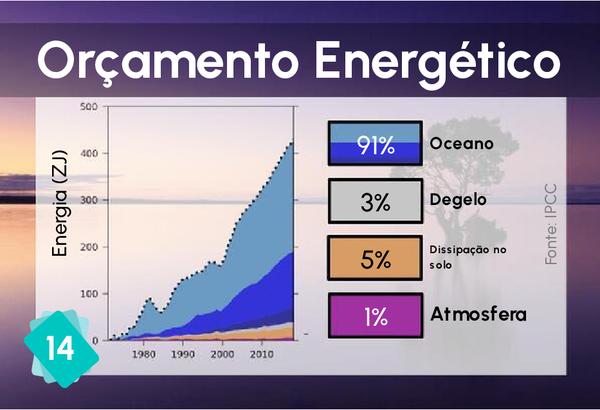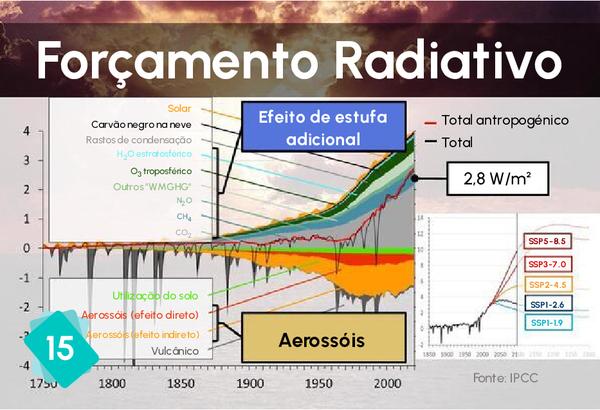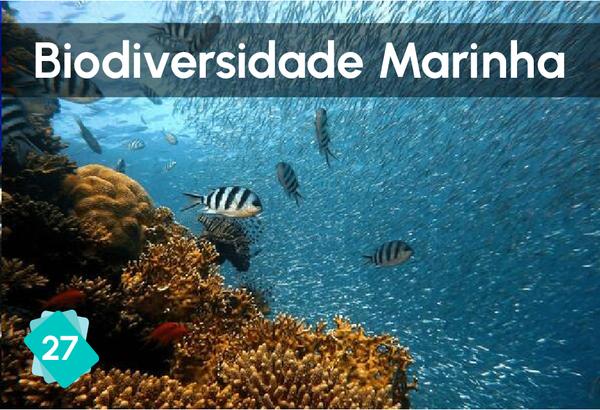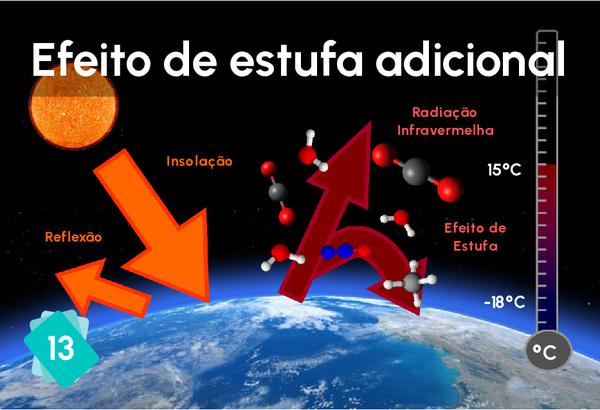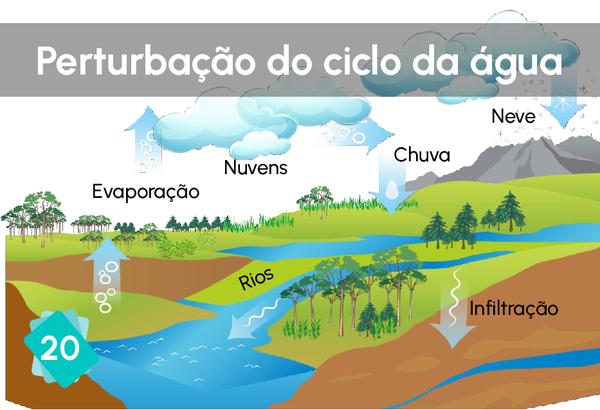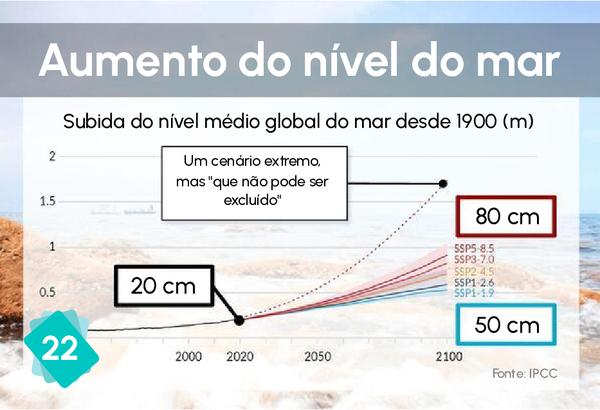18 - Derretimento do Gelo Marítimo
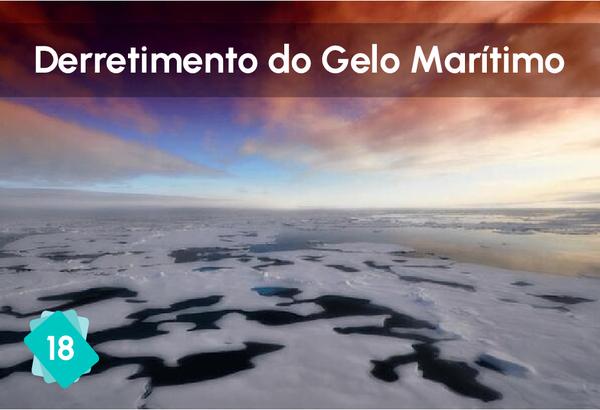
✏️ This explanation does not yet exist in your language. Please fill this Google Form if you want to help us!
O volume ocupado pelo gelo sob a superfície é exatamente o mesmo que o do gelo uma vez derretido. Este é o princípio do empuxo de Arquimedes[1]. Devido à sua salinidade, o gelo marinho forma-se quando a água do mar está a uma temperatura inferior a -1,8°C[2]. O gelo marinho forma-se quando a água do mar congela, portanto, contém sal, mas o sal é expulso à medida que o gelo se forma. Isso significa que o gelo marinho é composto por água doce relativamente pura, enquanto a região ao redor do gelo marinho é constituída por água do mar mais salgada. Esta característica tem implicações importantes para a circulação oceânica e os ecossistemas marinhos nas regiões polares. O gelo marinho pode ser encontrado no Ártico e na Antártida. O gelo marinho do Ártico segue um ciclo sazonal. Ele derrete parcialmente no verão e forma-se novamente no inverno. Mas, desde o final dos anos 70, observa-se uma redução global da sua cobertura[3]. Estima-se que ele possa derreter completamente no verão até o final do século[4].
1Cause
O efeito de estufa adicional provoca um forçamento radiativo positivo. O excesso de energia é distribuído no oceano (93%), na vegetação (5%), no gelo (3%) e na atmosfera (1%). Esta energia aquece os diferentes compartimentos terrestres nos quais é distribuída, aumenta a sua temperatura e, no caso do gelo, derrete-o. O gelo marítimo no Ártico perdeu em superfície e em espessura. Está no seu ponto mais baixo dos últimos 1000 anos. Em contrapartida, o gelo marítimo da Antártida não derrete de forma significativa (forte variabilidade).
FONTES: AR6 WG1 TS3.1 (balanço energético) p59 (p93) // AR6 WG1 TS2.5 (derretimento dos glaciares) p44 (p76) // AR6 WG1 Figura TS.13 (d) : balanço energético p58 // AR6 WG1 Figura 9.13 : banquisa ártica p1265 (p1248)
3Other possible consequences
When the ice pack melts, a white surface is replaced by a dark blue surface, which has a lower albedo and therefore absorbs more energy. This relationship is not essential but it does allow another feedback loop of the game to be put forward.
The poor polar bear is a powerful symbol of the climat. If players make this connection, suggest they draw a bear!
3Wrong consequences
This link would mark confusion with the amplifying effect due to albedo. The white sea ice melts to reveal a darker surface underneath and the extra energy absorbed warms the Earth. This mechanism is called albedo and has nothing to do with the greenhouse effect. It belongs to the orange arrows on card 13, not to the red arrows.
The melting of the Arctic ice pack, but also the melting of Greenland's glaciers may lead, in the distant future, to a disruption of the thermohaline circulation (which gives rise to the Gulf Stream). But beware, the "Water Cycle" card does not refer at all to the thermohaline circulation.




